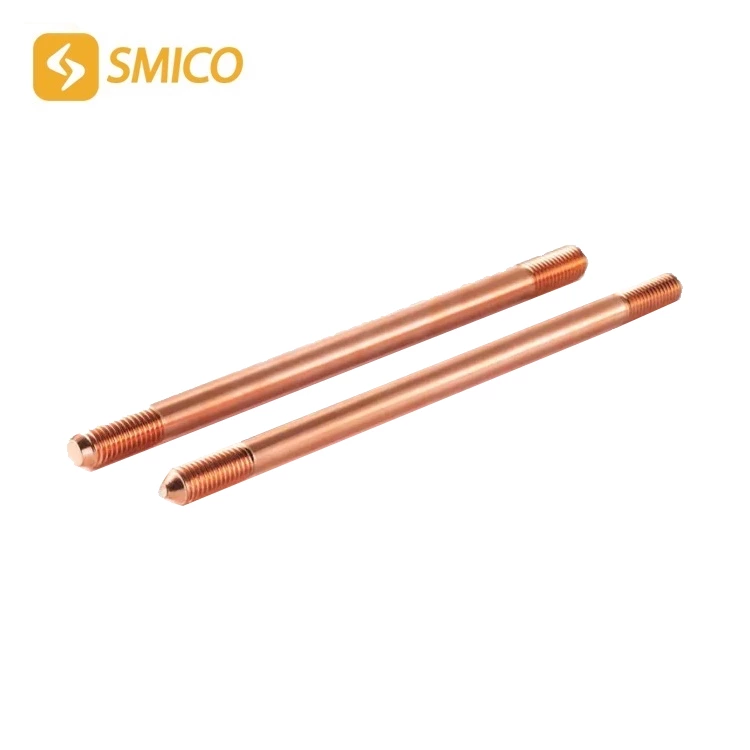What Are The Main Factors Affecting The Effectiveness Of Copper Clad Grounding Rods?
copper bonded steel ground rod is one of the important and indispensable materials in lightning protection and grounding projects. It is used to form a good electrical connection between electrical equipment and the ground to eliminate the underground potential difference and ensure personal safety and normal operation of equipment. Before installation, the welding process must be strictly implemented in accordance with the standards. The following factors will affect the effect of copper bonded steel rod welding.
copper clad ground rods of different materials, such as copper, steel, copper-clad steel, etc., have different chemical compositions and physical properties, and their welding performance is also different. The quality and composition of welding materials such as welding rods and flux are crucial to match the copper coated earthing rod materials. Dust, grease, oxides (rust) or other attachments on the surface of copper plated ground rod will hinder the fusion of metals during welding, reduce the conductivity and mechanical properties of the solder joints, and may also cause defects such as pores and slag inclusions.
Different welding methods, such as exothermic welding and arc welding, have different principles and characteristics, and are applicable to different copperbond earth rod materials and welding scenarios. Parameters such as welding current, voltage, and welding speed directly affect the heat input of welding and the formation of welds. Excessive current may cause welding spatter and burn-through; too small current may lead to insufficient weld penetration and weak welding. In exothermic welding, the shape and size of the mold are very important to match the earth bonding rod.
If the ambient humidity is too high, the water vapor in the air will condense on the surface of the ground rod 3 4 x 10 and the welding material, increasing the possibility of pores and cracks during welding. Too low ambient temperature will reduce the toughness of the ground rod 8 ft material and easily cause cracks during welding; too high temperature may cause overheating of the welding area, affecting the weld structure and performance. Good ventilation can timely discharge the smoke and harmful gases generated by welding to ensure the safety and sight of the welding operator, but too strong ventilation may make the welding arc unstable and affect the welding quality.
The operator's welding technology level, experience and proficiency have a direct impact on the welding effect. Whether the operator strictly abides by the welding process regulations and operating specifications is also critical.

